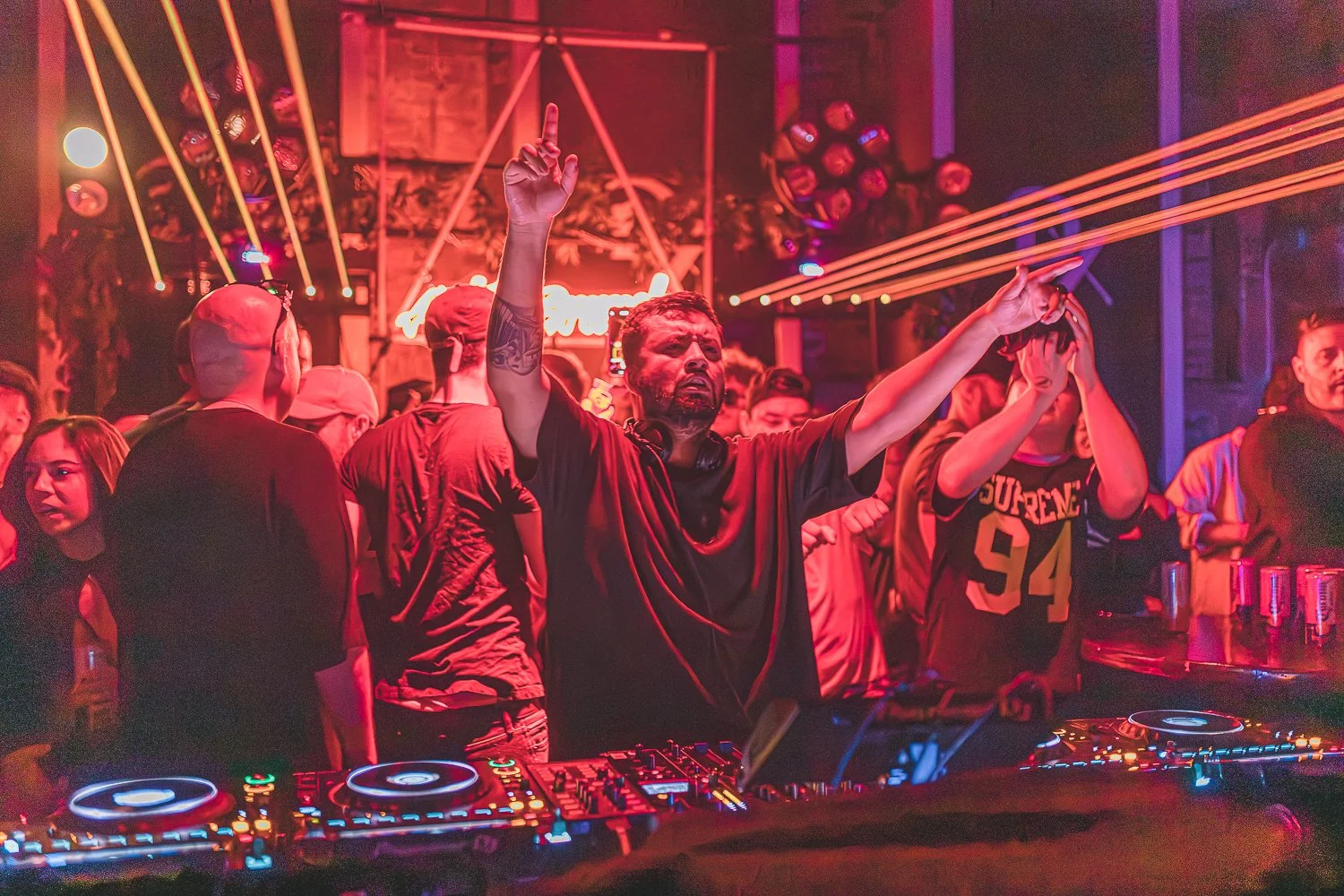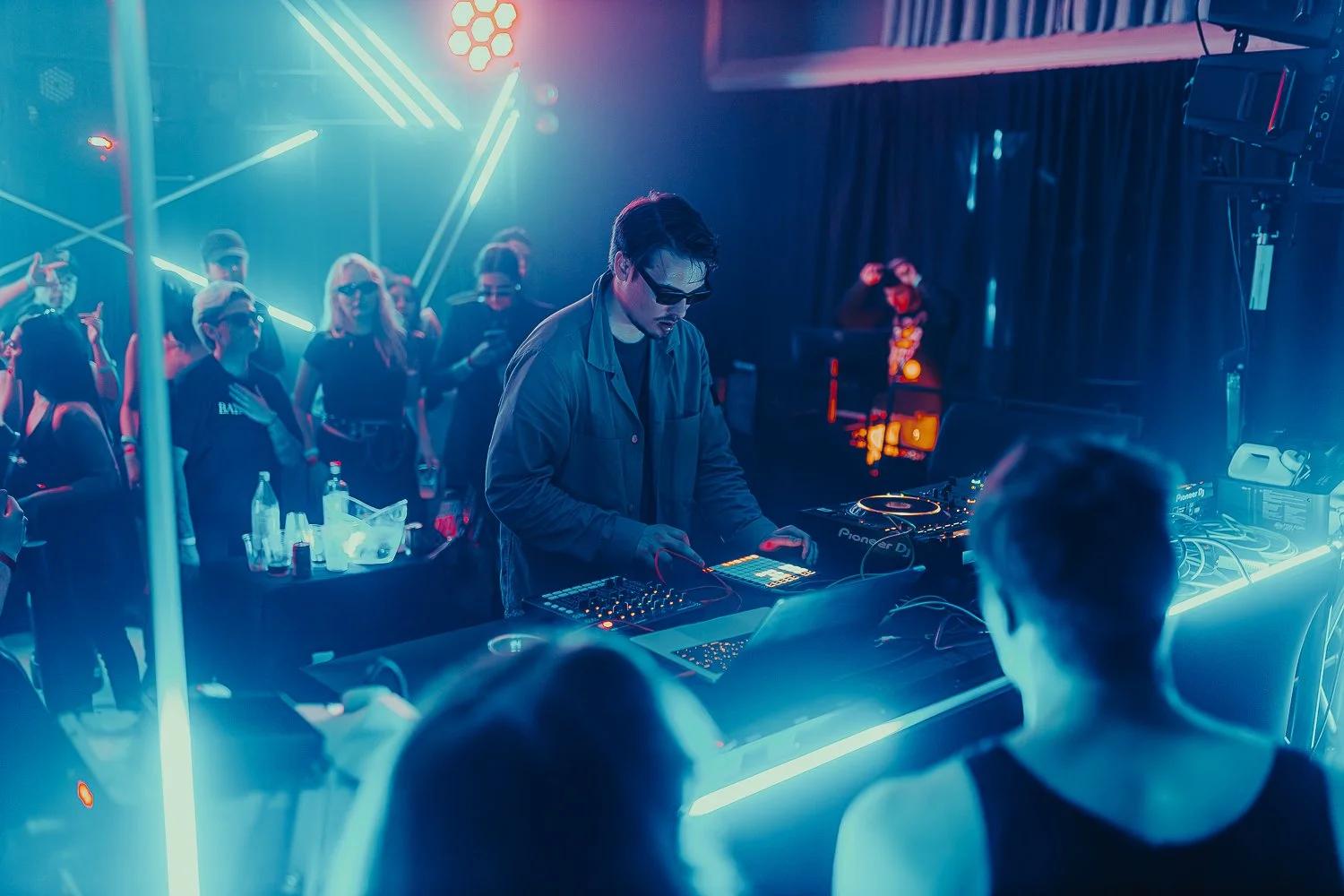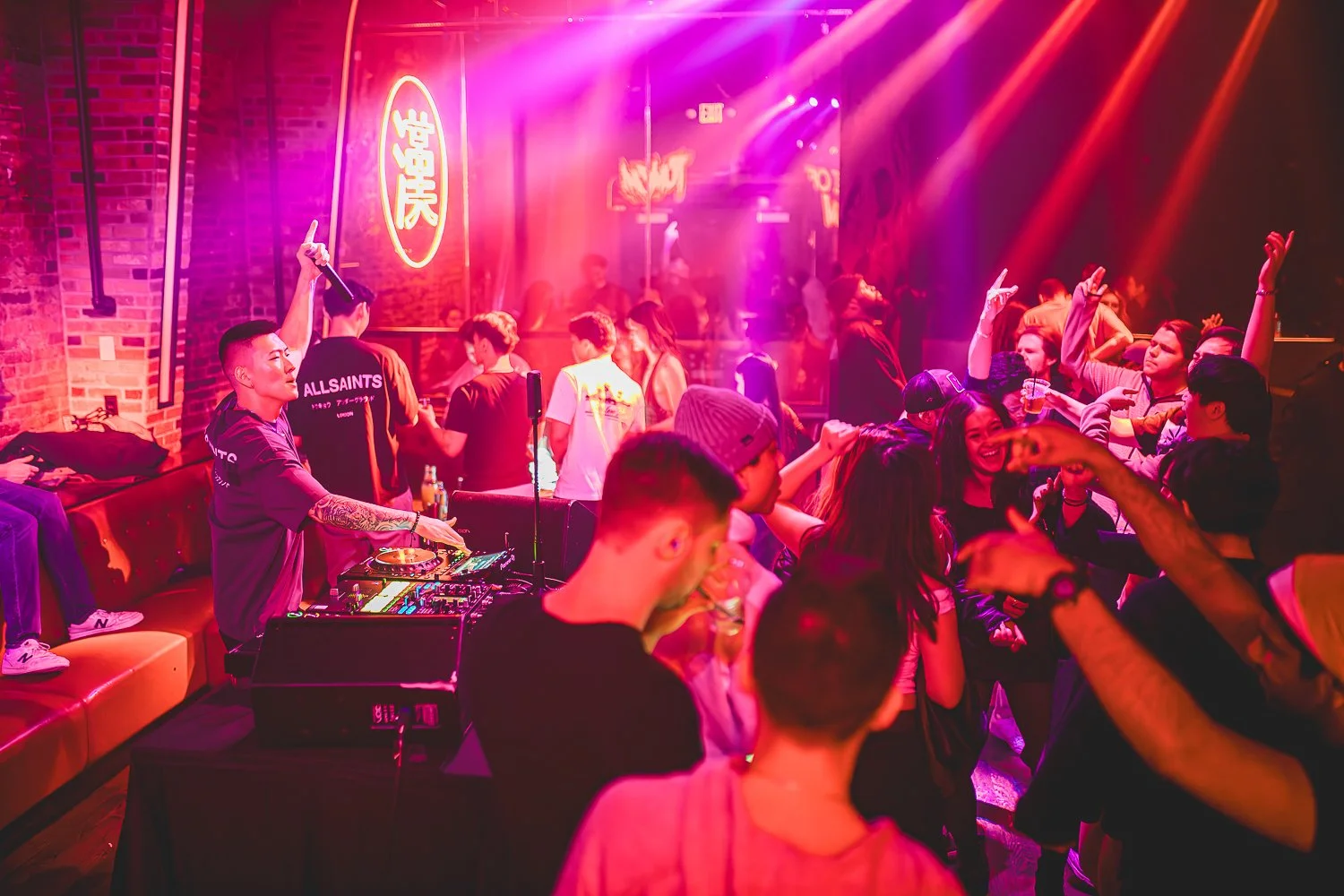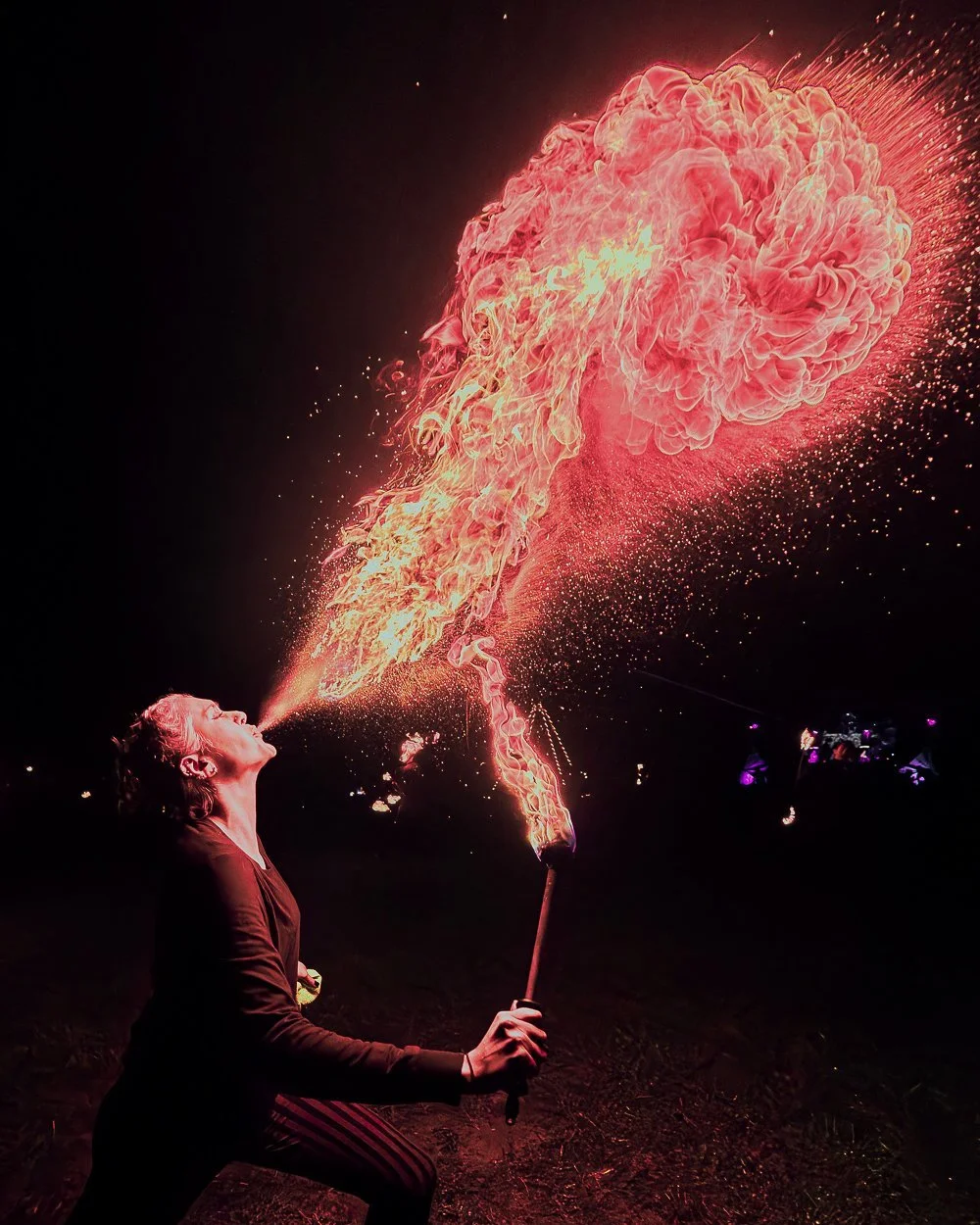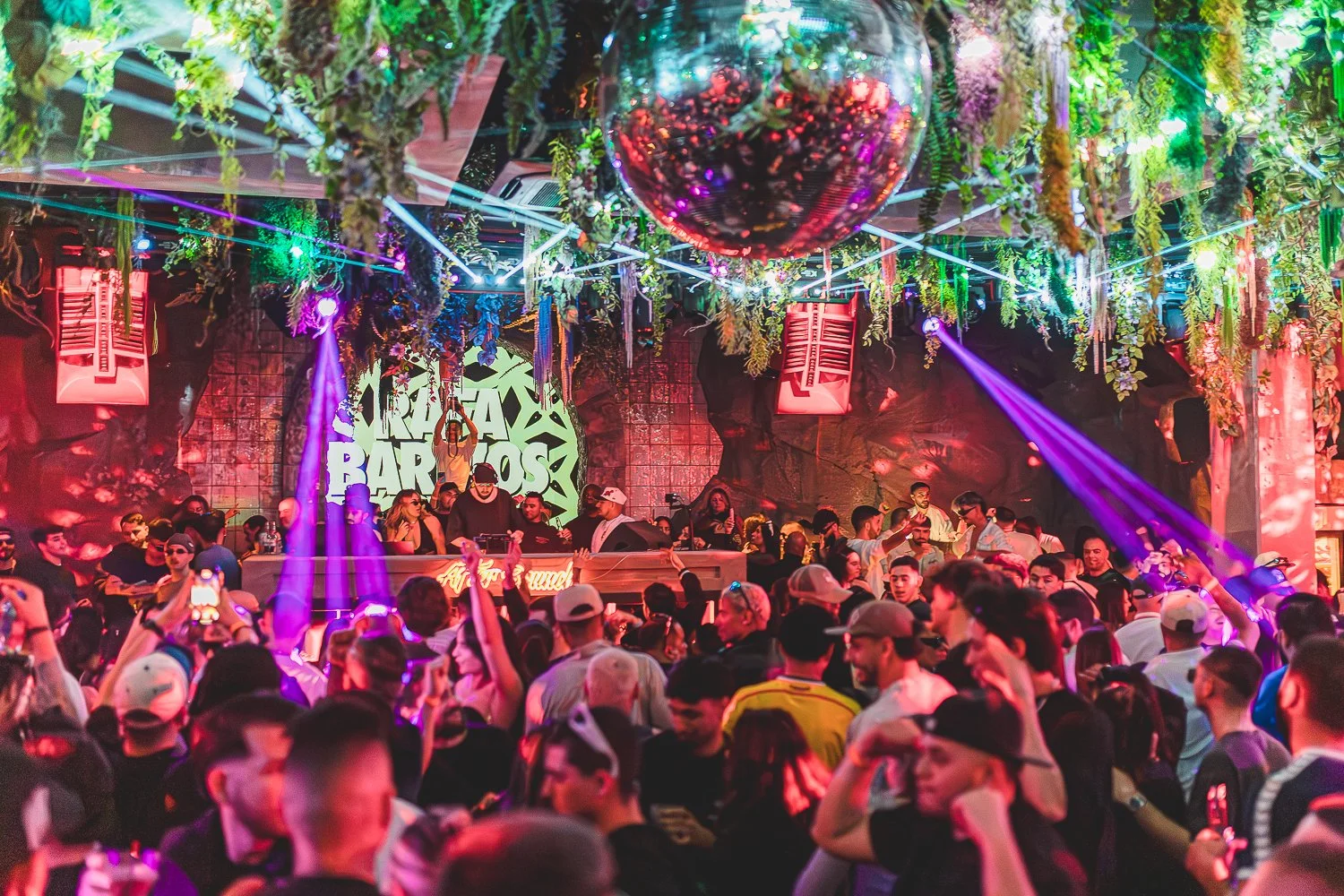For years, it was cooler to be chill than committed. In music, photography, and even personal branding, effort became taboo—something to hide rather than highlight. But the cultural tide is turning. Today’s artists—especially the ones leaving a real mark—are embracing patience, integrity, and the power of mystery. And that might be the best thing to happen to art in a decade. Let’s unpack what it really means to become a great artist right now, whether you’re behind the camera, or on the decks.
The Comeback of Effort
Effort used to be cringe. Now? It’s revolutionary. For most of the 2010s, we were obsessed with minimalism and mystique. Album covers, social feeds, even personalities were curated for detachment. But the problem with "cool and unbothered" is that it often buries authenticity.
The new generation of artists is flipping the script. Vulnerability, discipline, and a visible work ethic are no longer embarrassing, they're the new flex. YouTube photographer Peter McKinnon built a massive following not just on talent, but on effort. He shares the full process behind his shots—setups, failed attempts, detailed edits—and his openness has earned him loyal fans. His tutorials show that mastery comes from repetition and experimentation, not just gear or "the eye."
Once seen as an outsider in the hip-hop space, Tyler has become a creative icon by putting in real work. Albums like IGOR and CALL ME IF YOU GET LOST weren’t rush jobs—they were crafted over years, blending genre, fashion, and storytelling. His dedication to visuals, performance, and album rollout shows a full-spectrum commitment to the craft.
These BTS/studio sessions/editing and shoot prepping formats— are popular on TikTok, YouTube, and Instagram show creators and artists working. Gen Z and millennial audiences are gravitating toward process content because it’s authentic, vulnerable, and educational.
Delayed Gratification Is a Creative Superpower
In an era where everyone’s chasing the algorithm, artists who slow down are starting to stand out. Delayed gratification isn’t just about waiting—it’s about being intentional. It’s choosing to refine your craft, sit with your ideas, and release only when it means something. This strategy builds anticipation, artistic clarity, and long-term respect. Kendrick is the poster child for patience. While his peers release mixtapes and tracks weekly to stay “relevant,” Kendrick disappears—sometimes for years. But when he comes back, it’s with fully formed, culture-shifting projects like DAMN. or Mr. Morale & The Big Steppers. He lets his art mature before sharing it, and the result is deeper impact, critical acclaim, and massive fan loyalty.
Vivian Maier was a nanny who spent her life photographing urban life on the streets of Chicago—but she never showed her work publicly. It wasn’t until after her death that her archive of 150,000+ images was discovered. Her restraint wasn’t strategic like Kendrick’s, but it shows that powerful art can live in the shadows for decades and still find its audience.
Delayed gratification isn’t laziness—it’s vision. It’s saying: “I care more about meaning than momentum.” In a world that rewards instant reaction, being patient is a radical act.
“Don’t post it because it’s new. Post it because it’s ready.”
Everything is a Remix—And That’s Okay
In an age flooded with remakes, samples, and AI-generated content, we’re constantly reminded that nothing is created in a vacuum. True creativity doesn’t mean starting from zero—it means reimagining what already exists in a way only you can. Remixing is how artists learn, grow, and innovate. Whether it’s sampling music, referencing old masters in photography, or fusing genres in film, remixing is the engine of artistic evolution.
Sampling has always been at the heart of hip-hop. Kanye West’s The College Dropout and My Beautiful Dark Twisted Fantasy are built from soulful cuts, gospel vocals, and obscure tracks. He transforms them—not by copying, but by recontextualizing them emotionally and sonically. If you’re a DJ or music producer, your work is built on remix culture. Blending acapellas with new beats, flipping samples from funk records, or even mashing genres (like lo-fi house + ambient jazz) is how new subgenres are born. Producers like Kaytranada or Peggy Gou don’t invent sound—they reweave it.
If you shoot in black and white, frame your subjects off-center, or shoot urban decay—you’re remixing. Henri Cartier-Bresson, Diane Arbus, and Gordon Parks shaped entire aesthetics that contemporary photographers emulate and adapt for the digital age.
Mobile phone formats (4:5 for Instagram, 9:16 for reels)
AI-powered edits that reference film tones (e.g., Fujifilm simulations)
TikTok filters inspired by analog photography
Tarantino openly admits that he "steals from every movie ever made." His films pull from spaghetti westerns, kung fu cinema, 70s exploitation films, and more—but they’re synthesized into something fresh.
Kill Bill borrows the structure of a martial arts revenge flick
Pulp Fiction mixes French New Wave pacing with American grit
Inglourious Basterds flips WWII tropes through a revisionist lens
Remix culture isn’t about copying—it’s about honoring influence and adding your own fingerprint. The best artists:
Studying their idols
Steal like artists (consciously, ethically, creatively)
Remix with purpose and originality
Embrace Mystery in Your Art
In a world where overexposure is the norm and “content” is constant, mystery is a creative act of resistance. Holding something back—whether it’s the full story, your process, or even your identity—can heighten audience engagement and elevate your work. Mystery invites curiosity. It makes people lean in, not scroll past.
In his famous TED Talk, J.J. Abrams speaks about the unopened “Mystery Magic Box” he bought as a kid—and never opened. Why? Because the potential of what’s inside was more creatively powerful than knowing. His films, from Lost to Cloverfield, play with this principle. The less you know, the more your imagination fills in the blanks. You’re not just watching—you’re participating.
Photographers like Alex Webb and Trent Parke often shoot with shadows, silhouettes, and intentional layers that obscure parts of the frame. Viewers must work to understand what’s happening—and that mental participation makes the image stick. This technique invites repeat viewing and interpretation. It's not just an image; it's a question.
Radiohead mastered the art of cryptic marketing. Before releasing A Moon Shaped Pool, they erased their entire online presence. Fans speculated, theories swirled, anticipation built. When the music dropped, it felt like an event, not a release. That emotional build-up deepened the listener’s experience.
Films like Hereditary, Under the Skin, or even classics like 2001: A Space Odyssey don’t explain themselves fully. The symbolism is there, but it’s up to the viewer to decode it. These works linger in your mind precisely because they don’t tie everything in a neat bow.
Social media is flooded with “how I made this” content—but ironically, creators who don’t share everything can stand out. Whether it’s a photographer who never reveals their presets, or a DJ who plays unreleased edits and won't name the tracks, a little mystery creates allure. Mystery gives your work layers. It forces engagement. It says to your audience: “You don’t get everything at once—but what you do get will stay with you.”
Integrity Is Strategy
Integrity isn't just a moral choice—it's a creative strategy. In a saturated market, where everyone’s chasing clicks and clout, integrity sets you apart. It builds trust. It adds longevity. It protects your art from dilution.
Artists with integrity:
Say “no” more often than they say “yes”
Choose purpose over popularity
Play the long game, even when it’s hard
While many artists use Twitter and Instagram to perform their personal beefs, Kendrick didn’t post a single meme, comment, or selfie during his recent artistic conflict. He responded solely through music—intentionally crafted, layered, and focused. The result? He kept control of the narrative, protected his brand, and let the work speak. Fans and critics alike respected him more for not taking the bait.
Nan Goldin made a name for herself documenting raw, honest portrayals of queer communities, addiction, and nightlife. When Purdue Pharma—makers of OxyContin—tried to donate to art institutions, she publicly refused funding and led protests. Her refusal to separate her photography from her principles elevated her credibility—and her influence.
Imagine you're a visual storyteller or content creator. You get offered a big-budget job for a brand whose values don’t align with yours—maybe they promote fast fashion, unsafe tech, or shallow influencer culture. You say no. The internet may not notice right away, but your core audience will. And so will future collaborators who value ethics over exposure. Every project you take on is a vote for the kind of artist you are. Saying yes to every opportunity might feel like growth—but often, selectivity is what builds identity.
The Scarcity Effect
In a world where content is constant, scarcity has become powerful. When everyone is flooding the feed, the artist who withholds, curates, and releases intentionally stands out. The fewer things you put out—but the more meaning they carry—the more attention and respect they command. Scarcity isn’t about doing nothing. It’s about knowing when to wait, what to share, and how to build anticipation.
Frank Ocean is the modern master of scarcity. After releasing Blonde in 2016, he all but disappeared—no albums, few appearances, cryptic Tumblr posts. Fans hang onto rare vinyls, cryptic interviews, and limited-run merch drops like sacred objects. Every time Frank speaks, drops, or teases new work, the internet erupts. His silence isn't absence—it’s a strategy.
Scarcity is baked into the DNA of modern streetwear. Brands like Supreme or Palace release limited-edition drops weekly or seasonally, and the limited availability fuels hype and resale culture.
Even if you’re not in fashion, the model applies to creative releases:
Limited prints
Short-run zines
One-night-only shows or pop-ups
Ways to Apply Scarcity in Your Own Work:
Limit your drops. Whether you’re releasing beats, zines, or reels, plan them like events, not content filler.
Build anticipation. Use sneak peeks, “coming soon” trailers, or behind-the-scenes setups to make people curious.
Offer exclusivity. Print one-time photo books. Drop a single unreleased mix to your email list. Share select work with collaborators before the public.
Step back after big work. Give your audience space to sit with it—and come back wanting more.
Scarcity isn’t about doing less. It’s about doing the right things at the right time—and trusting that what’s rare feels more valuable.
Create Like You’re Building a Legacy
Every time you create something, you’re either contributing to your legacy—or just chasing the moment. One approach builds respect. The other builds reach (if you're lucky).
Legacy thinking means making decisions with the future in mind:
Will this work still resonate 5 or 10 years from now?
Will you still stand by this project when your skills grow?
Is your art moving culture forward—or just chasing it?
Brazilian photojournalist Sebastião Salgado spent eight years creating his project Genesis—a global documentation of untouched places and indigenous cultures. He didn’t just chase headlines; he captured timeless truths. His legacy is built not on volume, but on profound, slow work that shaped how people understand humanity and nature.
Daft Punk could’ve continued releasing albums, playing festivals, and collaborating with Gen Z stars—but they didn’t. They chose to end their project with a cinematic farewell (Epilogue), preserving their legacy on their own terms. Rather than fade out, they became immortal.
If you’re a photographer, DJ, or videographer, legacy doesn’t always mean “famous”—it means intentional.
Examples:
A photo series documenting your city's music scene across a decade
A long-form YouTube doc following a local artist’s growth
A self-produced album or visual EP rooted in personal or cultural identity
· Document your process. Behind-the-scenes footage, project notebooks, and voice memos become gold later.
· Think in projects, not just posts. What are you building toward with your current work?
· Archive wisely. Store RAWs, organize your work, and back up your best ideas. Legacy isn’t just creation—it’s curation.
· Resist “disposable art.” Not everything needs to be tied to a trend or algorithm.
When you create like you're building a legacy, you slow down. You say more with less. And you start to treat your work not just as content, but as contribution.
Art is a Long Game — Play It Boldly
In a digital culture obsessed with speed, hype, and shortcuts, becoming a great artist has never been more misunderstood—or more important. But the path to greatness doesn’t come from trend-chasing, algorithm gaming, or constant output. It comes from something older, slower, and deeper: effort, integrity, mystery, and intention. Your phone wants you to scroll. The algorithm wants you to produce. The culture wants you to react. But art asks you to feel. To reflect. To contribute. So if you’re a photographer, a DJ, a filmmaker, or a creative just figuring it out, ask yourself:
What do I want my work to say?
What story am I writing over time?
Will I be proud of this piece ten years from now?
If the answer is yes, you’re already on your way.

